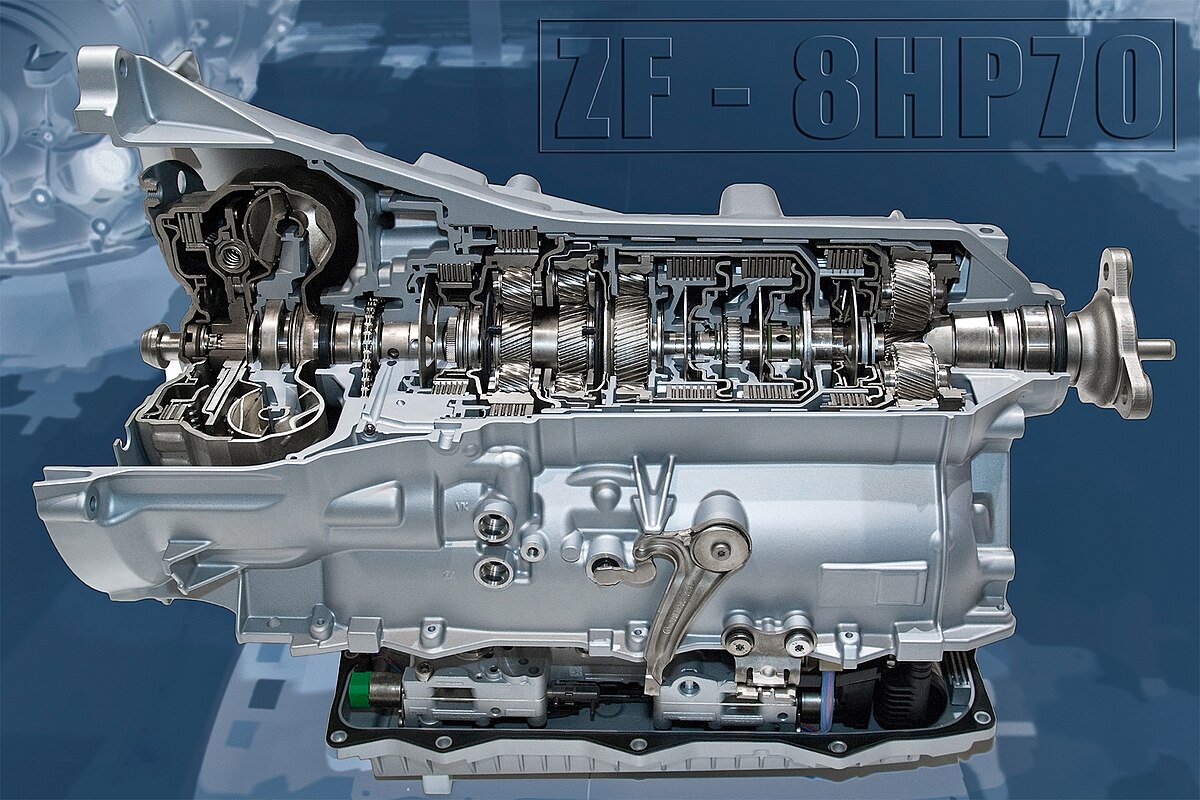I really don't have a clue (and chose the diesel anyway ;-) ), but:
Maybe there is no differerence in terms of "strength" of the 2 transmission variants at all? Simply the ratios are different?
Going back to basic physics: Power = Torque x 2 x pi x Rev
If the petrol delivers its power at (roughly!) 4000/min and 450Nm, the diesel (less power!) at 3000/min and 550Nm, for the same top speed the ratio for the petrol would be 33% higher compared to the diesel. For the same transmitted power (I guess that's the starting point determining the design ratings of a transmission) the transmission for the diesel must support an equivalently larger input torque. That means: Only different gear ratio, not different "strength".
That's the consideration for the torque converter locked. Not taking into account torque boost with unlocked converter, second order effects like torque ripple etc.
But of course I could be wrong...
The ZF 8HP76 which is installed in the diesel is really designed for the higher torque and characteristics of the diesel engine. They don't differ at all in how they work. I already had both gearboxes in front of me and was able to compare the components directly with each other. The ZF 8HP76 is more robust than the ZF 8HP51, e.g. the components are larger and stronger




